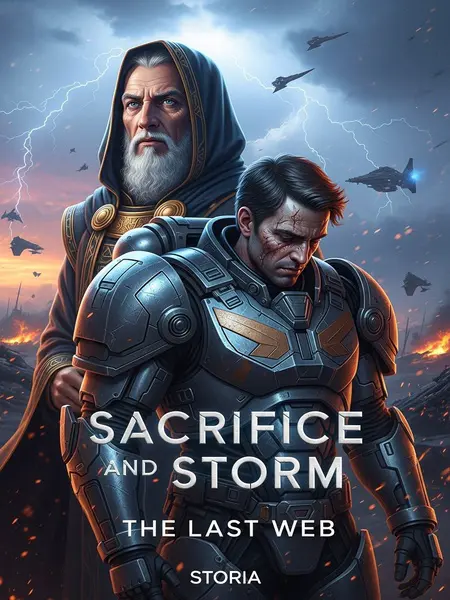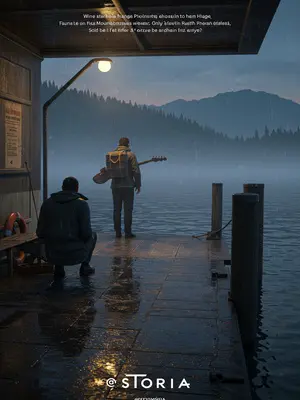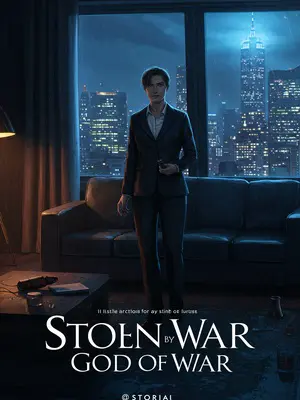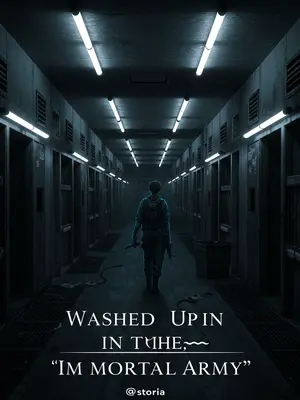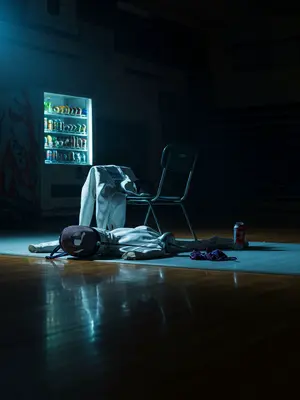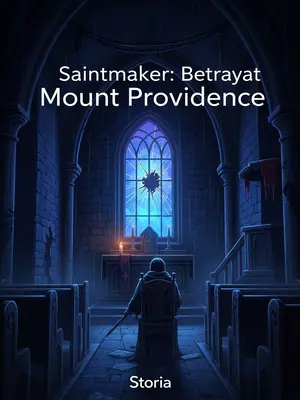Chapter 4: Weaving the Trap
Later, Hayes is brought to a massive artificial sun—nine layers, each with nine rings. From afar, it looks like a sliced onion, loosely wrapped around a glowing heart—a partial Dyson construct. This is the Stratton Empire’s command center.
They love the number nine, a symbol in Stratton imperial numerology, tied to their founding myth. Inside, nine sky-pillars, nine crystal decks, nine antimatter stars, nine titanium planets—the central one is the commander’s military HQ.
The command zone is vast, neither sky nor ground, stretching out of sight. At the far end, the commander’s thorny throne. For a man who rules the galaxy, space is trivial. Hayes wonders—doesn’t half a bed suffice for sleep, a six-foot grave for burial? But sure, give him a continent-sized office. What’s all this for?
Hayes walks a long way, separated by nine layers of security mesh—the commander’s face barely visible.
“Why don’t you salute?” the chief of staff barks.
“My back’s straight, my neck doesn’t bend.” Hayes thinks, Not like the commander, whose neck can twist any way.
He stands tall, refusing to show weakness. The staff bristles, but the commander just laughs, amused by the defiance.
“You’re not hard-backed, just hard-mouthed!” the chief snaps, but Hayes won’t budge.
The commander interrupts. “I hear you have something to offer?”
Hayes stands tall. “Nothing—just an idea.”
“Let’s hear it,” the commander’s voice is low, distant, like thunder from deep below.
“I know what the Empire fears. Ironridge, though small, is like a bullet stuck in your throat, thanks to the antimatter mines.”
“So, you have a way to get rid of the thorn?”
“I can’t remove it, but I can wrap it for you.”
“What do you mean, wrap a planet?”
“Commander, I specialize in wormhole tunneling. When wormholes collapse, they leave a fine thread—sticky, nearly impossible to remove from space. It’s a kind of Higgs string—nothing breaks it, not even a starship going relativistic.”
“Like a magician’s bag?”
“No—it’s a spider’s web!” Hayes grins, eyes glinting. The commander laughs, the sound echoing through the chamber.
---
Hayes gets the go-ahead and a mountain of supplies to build the web defense ring, needing the rarest metastable neutral matter particles in the galaxy—neutralons, tough to find and handle. But for the godlike Stratton Empire, it’s nothing.
The supply ships arrive in waves, unloading crates of exotic particles and high-tech tools. Hayes oversees the operation with a practiced eye, barking orders and checking every detail. The sense of urgency is palpable—failure is not an option.
Hayes sees tech beyond his dreams, making his web theory possible.
He marvels at the machines, hands running over smooth metal and humming circuits. For a moment, he lets himself dream of what he could build if he weren’t a prisoner. The possibilities are endless, the temptation almost overwhelming.
Though the wormhole threads can be stored in subspace, using them isn’t easy. Hayes needs neutralons to twist the threads into a web—like building an orbital wheel from angel hair pasta, nearly impossible.
He sketches diagrams on a touchscreen, fingers flying, rubbing his eyes now and then. The challenge is immense, but Hayes thrives under pressure. He mutters to himself, lost in the math, the rest of the world fading away.
A pair of delicate quantum tweezers becomes key.
The tweezers are a marvel of engineering, capable of manipulating particles at the quantum level. Hayes handles them with reverence, knowing one slip could ruin everything. The chief of staff watches, pretending to be unimpressed, but Hayes ignores him.
The chief of staff, clueless about the tech, hovers near—supposedly to help, really to spy.
Hayes knows but ignores him. He’s a born strategist—sometimes brash, but in big things, steady, able to steer through the enemy camp.
The chief often questions Hayes’s work, doubting his requests, always watching.
Now, Hayes is building the spider craft. The web-weaving shuttle is being hoisted, cables singing in the hangar. Hayes and his aide, Trevor, ride the lift to observe.
“Why’s it shaped like a spider, and what’s that round thing?”
Hayes lowers his voice, “That’s the spider’s belly—it spins silk. Each turn makes a wormhole, which collapses into a space thread.”
“You say it’s sticky—how do you know?”
“If you didn’t ask, how would I explain?”
“Basically, the Higgs field is like a net filling space—every particle must pass through, like a football in a net. That’s gravity, roughly speaking. Our weight comes from this resistance.”
“Still doesn’t explain the stickiness.”
“The collapsed thread is a denser net—like thick syrup. Matter gets stuck, can’t move, just like bugs in a web.”
---
Today, Hayes hands over the spider craft and its weaving shuttle to the Empire’s research team for inspection. They test everything, looking for flaws. The status bars crawl. After a long wait, the report says the device is sound, and has strategic value.
The commander signs off, and the spider craft begins its mission. The commander and Hayes monitor the operation from a hover deck.
The commander says, raising a skeptical brow, “You said before weaving the web, you had a request?”
Hayes gestures to the void. “Yes—the spider needs an anchor for its web. But out here, there’s nothing stable. How can I build the net?”
“You have a plan.”
“I want to use the Empire’s ninety-thousand-strong fleet, forming a giant ring, so I can weave inside it. When stretched, it becomes an endless trap.”
The chief of staff’s eyes narrow, cold. “Hayes, you want our entire fleet to play spider? My warships, spinning silk?”
